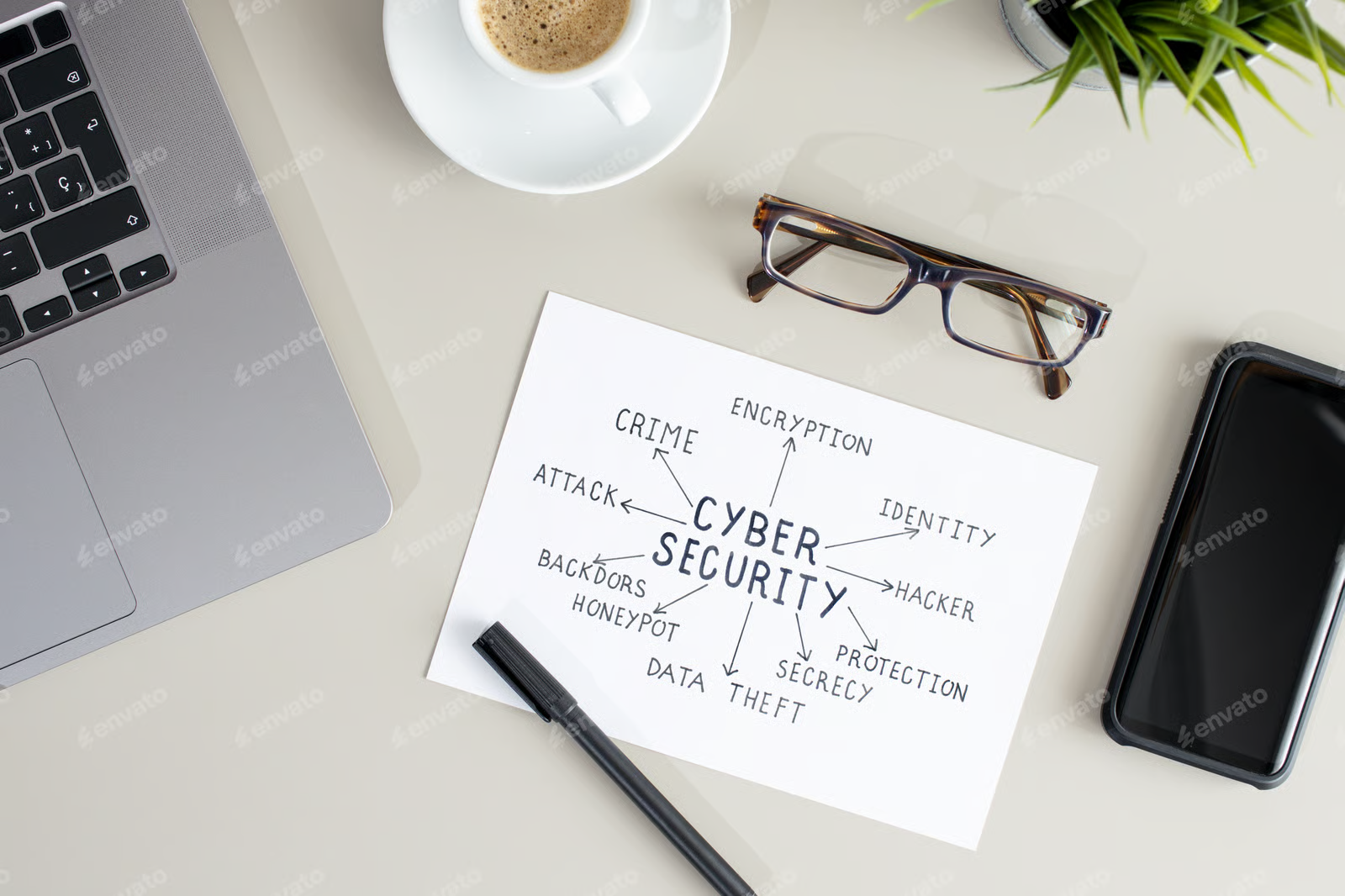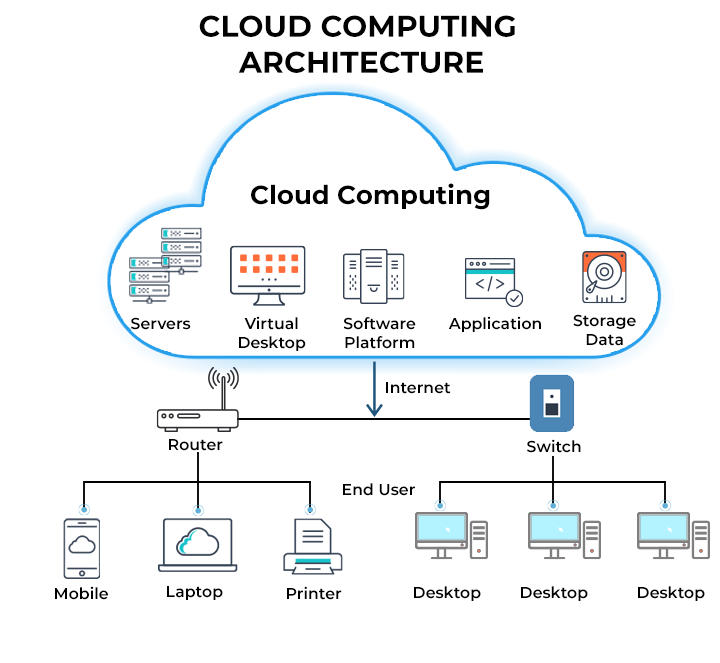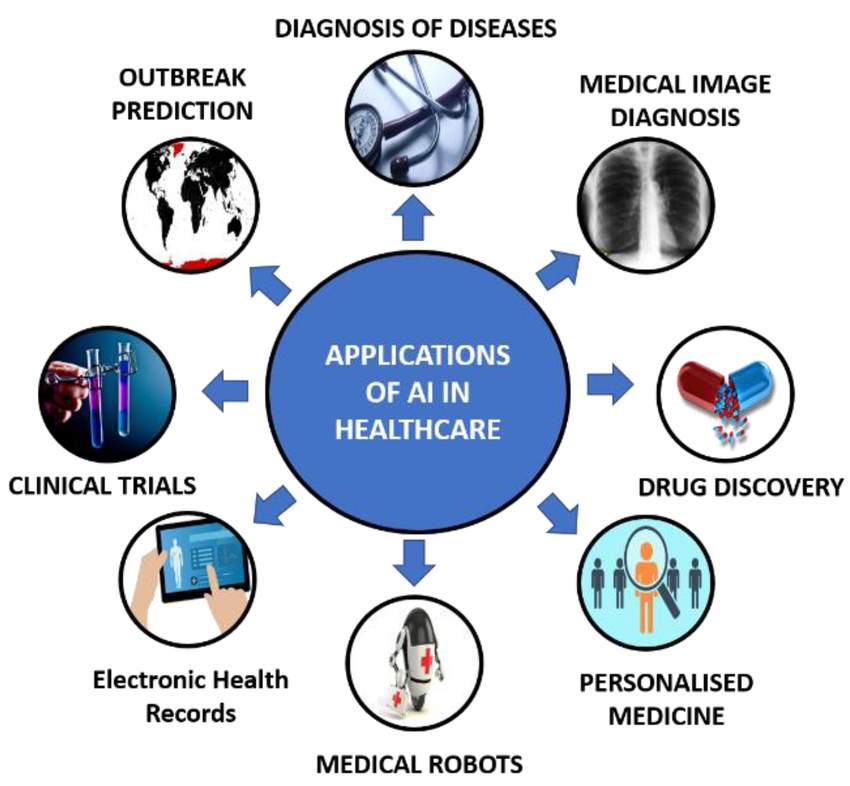
In today's digital landscape, cybersecurity is no longer optional—it's a business imperative. With cyber threats becoming more sophisticated and frequent, organizations of all sizes must implement robust security measures to protect their data, systems, and reputation. This comprehensive guide outlines the essential cybersecurity practices every modern business should adopt.
1. Conduct Regular Risk Assessments
Understanding your organization's vulnerabilities is the first step toward effective cybersecurity:
Vulnerability Scanning
Regularly scan your network and systems for vulnerabilities using automated tools. This helps identify potential security gaps before attackers can exploit them.
Penetration Testing
Hire ethical hackers to simulate cyber attacks on your systems. This proactive approach helps identify weaknesses in your security posture.
2. Implement Strong Access Controls
Limit access to sensitive data and systems to authorized personnel only:
Principle of Least Privilege (PoLP)
Grant users the minimum level of access required to perform their job functions. This limits potential damage from compromised accounts.
Multi-Factor Authentication (MFA)
Require multiple forms of verification for accessing sensitive systems, such as a password plus a one-time code from an authenticator app.
3. Employee Training and Awareness
Human error remains one of the biggest security vulnerabilities:
Security Awareness Training
Conduct regular training sessions to educate employees about phishing, social engineering, and other common attack vectors.
Phishing Simulations
Test employees with simulated phishing emails to reinforce training and identify areas needing improvement.
4. Secure Your Network
Protect your network infrastructure from external and internal threats:
Firewalls and Intrusion Detection/Prevention Systems
Deploy robust firewalls and intrusion detection/prevention systems to monitor and control incoming and outgoing network traffic.
Network Segmentation
Divide your network into smaller segments to limit the spread of potential breaches and contain threats.
5. Data Protection and Encryption
Safeguard sensitive information from unauthorized access:
Data Encryption
Encrypt sensitive data both in transit and at rest using strong encryption algorithms.
Data Backup and Recovery
Implement a comprehensive backup strategy with regular testing to ensure data can be restored in case of a cyber incident.
6. Endpoint Security
Protect all devices connected to your network:
Antivirus and Anti-Malware
Deploy and regularly update antivirus and anti-malware solutions on all endpoints.
Mobile Device Management (MDM)
Implement MDM solutions to secure and manage mobile devices that access corporate data.
7. Incident Response Planning
Be prepared to respond effectively to security incidents:
Incident Response Plan
Develop and regularly update an incident response plan that outlines roles, responsibilities, and procedures for handling security breaches.
Regular Drills
Conduct regular incident response drills to ensure your team is prepared to handle real security incidents.
8. Third-Party Risk Management
Extend your security measures to vendors and partners:
Vendor Security Assessments
Evaluate the security practices of third-party vendors before granting them access to your systems or data.
Contractual Security Requirements
Include specific security requirements in contracts with vendors and service providers.
9. Stay Updated with Security Patches
Keep all systems and software up to date:
Patch Management
Implement a formal patch management process to ensure timely application of security updates.
End-of-Life Planning
Plan for the retirement of legacy systems that no longer receive security updates.
10. Compliance and Regulatory Requirements
Ensure adherence to relevant cybersecurity regulations:
Regulatory Compliance
Stay informed about and comply with relevant regulations such as GDPR, CCPA, HIPAA, or PCI-DSS, depending on your industry.
Regular Audits
Conduct regular security audits to ensure ongoing compliance with internal policies and external regulations.
Conclusion
Implementing these essential cybersecurity practices can significantly enhance your organization's security posture. Remember that cybersecurity is not just about technology—it's about people, processes, and technology working together to create a robust defense against cyber threats. By taking a proactive approach to cybersecurity, you can protect your business from potentially devastating breaches and build trust with your customers and partners.

Michael Brown
Cybersecurity Expert at Conneural
With over 10 years of experience in cybersecurity, Michael specializes in helping organizations build robust security frameworks and respond to cyber threats. He holds multiple security certifications and regularly speaks at industry conferences.



